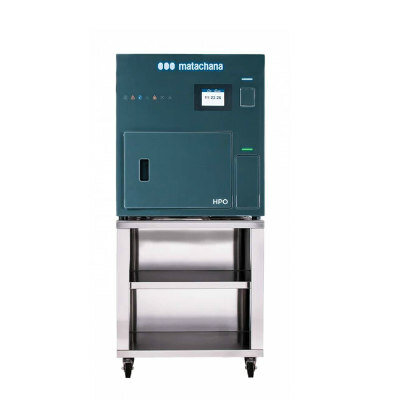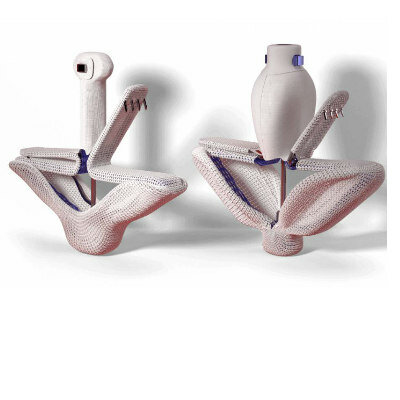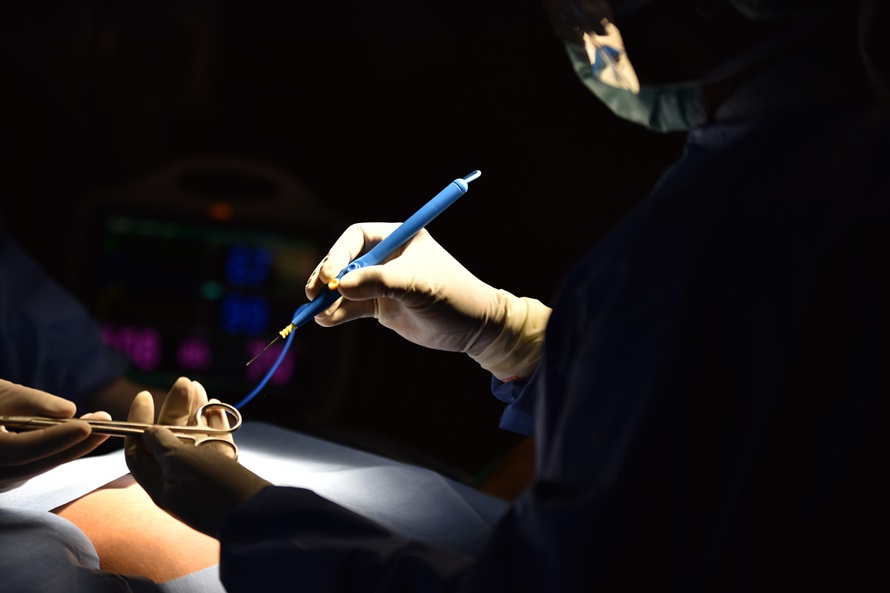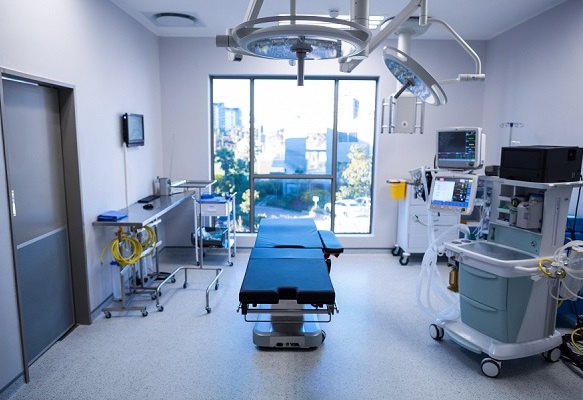Ultra-Thin Graphene-Based Coating Material Paves Way for Bacteria-Killing Medical Devices
Posted on 25 Sep 2024
Healthcare-associated infections are a significant global issue, leading to immense suffering, increased healthcare costs, and a greater risk of antibiotic resistance. These infections often occur when bacteria enter the body through medical devices like catheters, hip prostheses, knee prostheses, and dental implants. Graphene, known for its strong bactericidal properties, holds the potential to revolutionize the fight against antibiotic-resistant bacteria. However, until now, there has been no effective way to harness and control graphene’s properties for medical applications. Researchers have now solved this issue by employing technology similar to that found in an ordinary fridge magnet. The result is an ultra-thin, acupuncture-like surface that can coat medical devices, killing 99.9% of bacteria on contact.
At Chalmers University of Technology (Gothenburg, Sweden), researchers have been investigating how graphene, a two-dimensional graphite material, could help combat infections and antibiotic resistance in healthcare. Their earlier studies demonstrated that vertically aligned graphene flakes prevent bacteria from attaching to surfaces, essentially slicing them apart. However, the challenge lay in controlling the orientation of the graphene flakes, limiting the application of this bactericidal property to healthcare surfaces. Previously, the direction of graphene’s antibacterial effect could only be controlled in alignment with the manufacturing flow. But now, Chalmers researchers have achieved a breakthrough that allows for practical healthcare applications and more.
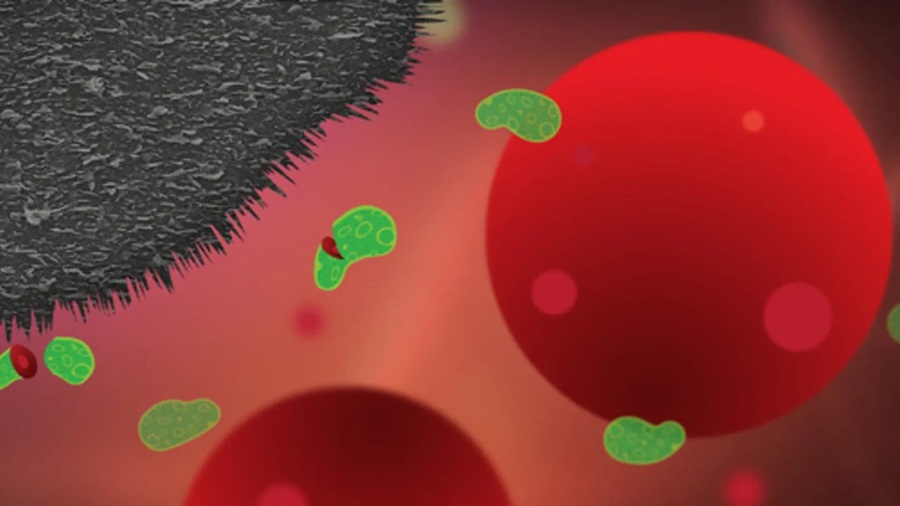
By arranging earth magnets in a circular pattern to create a uniform magnetic field within the array, the researchers induced a consistent orientation of graphene flakes, resulting in a powerful bactericidal effect on surfaces of any shape. This method, published in Advanced Functional Materials, is based on a "Halbach array," which strengthens and directs the magnetic field on one side while weakening it on the other, enabling precise alignment of the graphene. The technology mirrors the principles used in refrigerator magnets, offering a promising solution for preventing infections in medical settings.
“We are developing a graphene-based, ultra-thin, antibacterial material that can be applied to any surface, including biomedical devices, surgical surfaces and implants to exclude bacteria,” said Ivan Mijakovic, Professor of Systems Biology at Chalmers University of Technology. “Since graphene prevents bacteria from physically attaching to a surface, it has the added advantage that you do not risk increasing antibiotic resistance, unlike with other chemical alternatives, such as antibiotic.”
“This is the first time the Halbach array method has been used to orient graphene in a polymer nanocomposite,” added Viney Ghai, researcher in Rheology and Processing of Soft Matter at Chalmers University of Technology. “Now that we have seen the results, of course we want these graphene plates to get introduced in the healthcare sector so that we can reduce the number of healthcare-related infections, reduce suffering for patients and counteract antibiotic resistance.”







